On to the next barrel
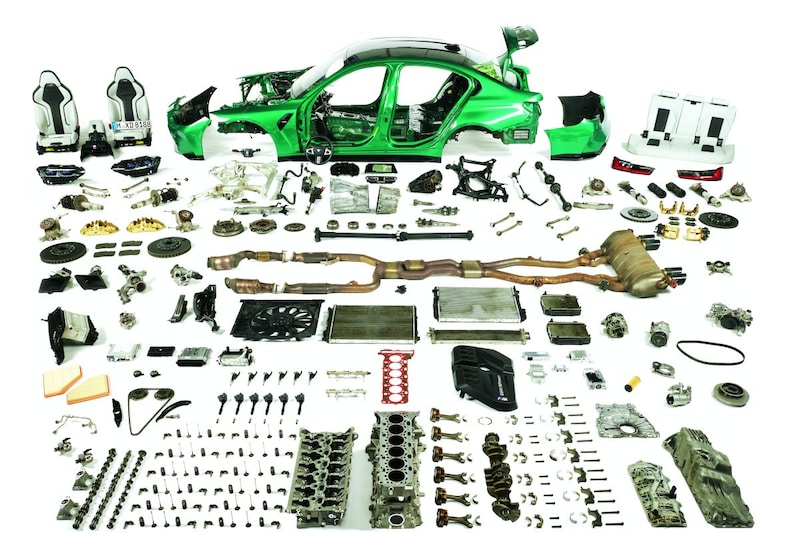
The colleagues from our German sister magazine have put 100,000 kilometers on a BMW M3. After the end of the endurance test, it was completely disassembled, like all AutoBild endurance testers. Did the gun suffer heavily from many heavy kilometers on the Autobahn and Nürburgring?
This was noticed when taking the M3 apart:
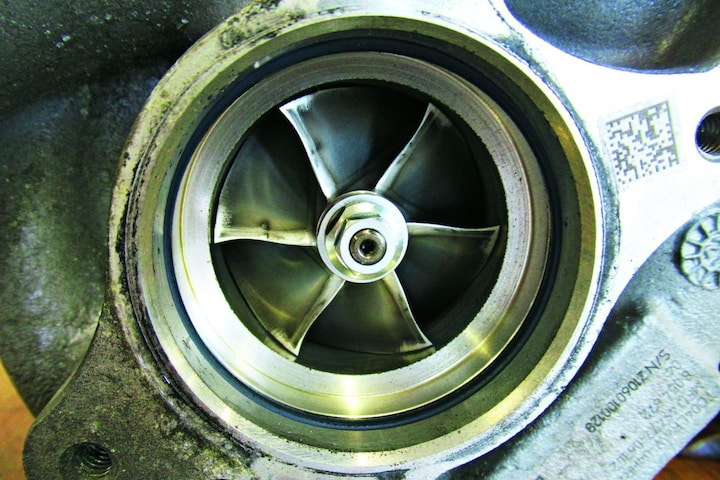
The two turbos showed no deviations at the end of the test.

The torque of 550 Nm causes slight wear of the clutch. No shame, the box still works without any problems.
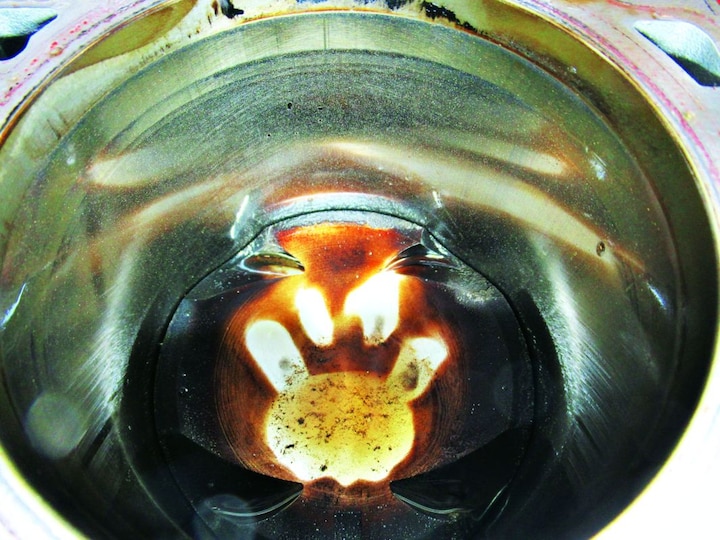
Few deposits and a clean spray pattern on all six pistons.
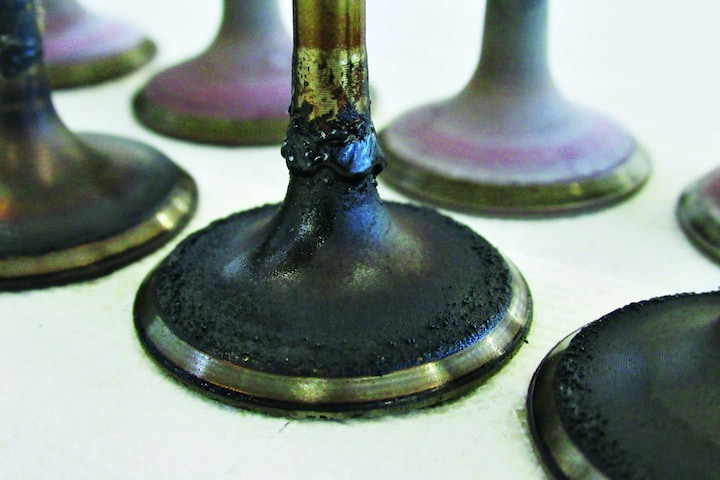
A light carbon deposit on the twelve intake valves. The valve control is in good condition, as are the timing chain, tension rollers and guide rails. The intake valves show a light carbon deposit on the stems.
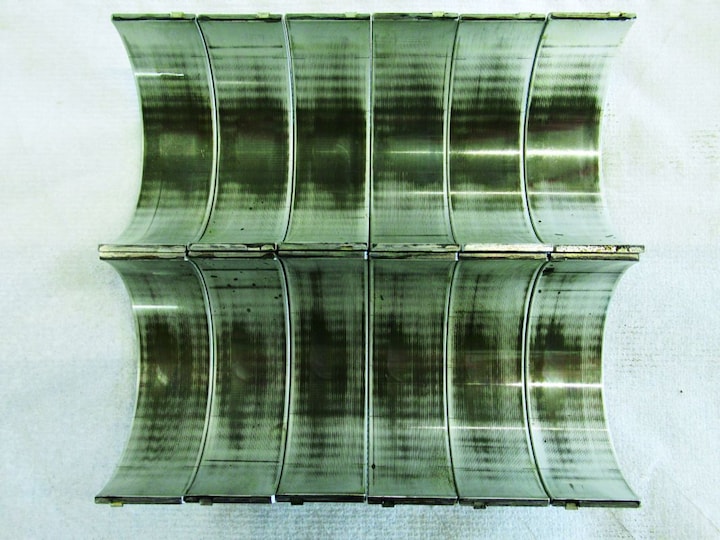
Some polished spots in the tin-copper layer of the main bearing shells.
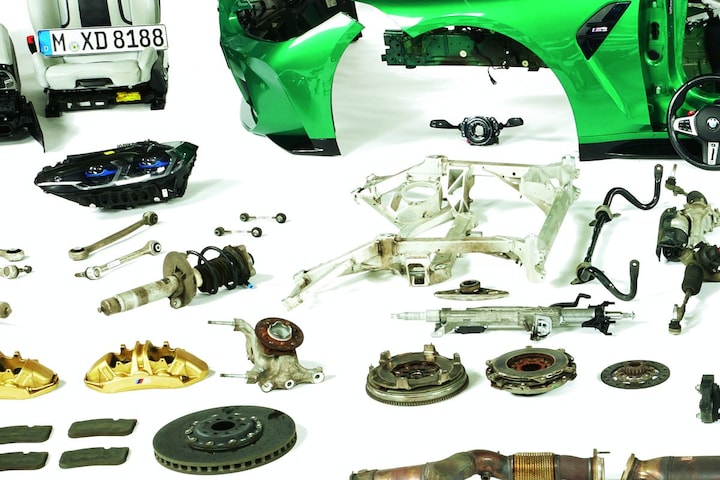
The chassis passed the endurance test without any problems, despite the complex design. All connections, bearings and dampers are still in very good condition.
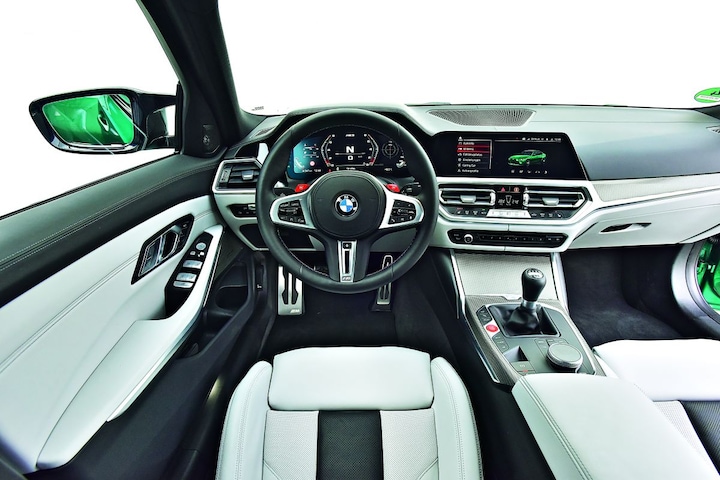
The interior shows few signs of wear, despite the light color of the leather. The carpet is still in pristine condition.
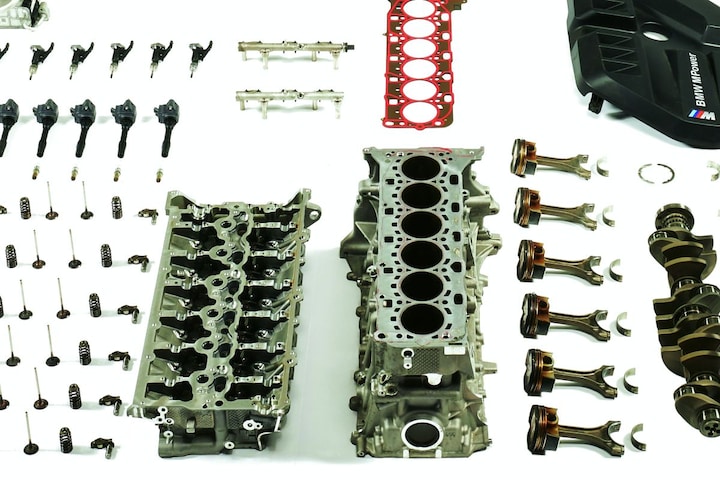
The engine: After disassembly, the engine, known internally as the S 58, showed no surprises. All six pistons and cylinder bores are within the specified dimensions. The main bearings and connecting rod bearings are still in perfect condition.
This is what the AutoBild editors thought of the M3:
A power of 480 hp makes car journeys a pleasure, even over a distance of 100,000 kilometers. Whether it was an everyday drive or a visit to the Nürburgring, the M3 performed its tasks without any problems. An example of driving pleasure. He was quite loud at times, but it was definitely a passionate relationship. In the eyes of some it was a real beauty, for others even an addiction. And in the end he also took a top position in our reliability list. Let’s get straight to the point: the 480 hp BMW M3 G80 with six-cylinder turbo engine and rear-wheel drive passed the endurance test better than any other car that AutoBild has previously examined. This car deserves bonus points for the nicest 100,000 kilometers that AutoBild has ever driven with a car, without any problems. Top work from the M division!
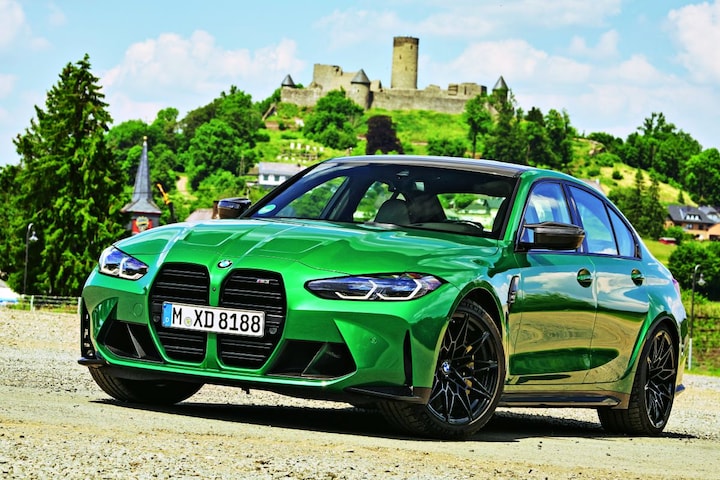
Divided opinions about the manual gearbox
But let’s start at the beginning. In the summer of 2021, the M3, equipped with many options, rolled into the parking garage in Hamburg with a growl. He immediately caused quite a stir. Even before he had driven his first meters in endurance testing, opinions about the model were already divided. Not surprising, because the appearance with that enormous grille and the green paint is a matter of taste. However, this is not so much about appearance. The BMW is mainly talked about because of its drivetrain. The endurance test M3 is equipped with a six-speed manual gearbox. This means it offers less power, less torque and less comfort than an M3 with the eight-speed M-Steptronic automatic transmission. The manual transmission haters therefore have doubts. Will such a coupling last long? Doesn’t an automatic ensure lower consumption? They think a manual gearbox is old-fashioned.

The manual gearbox supporters are also firmly convinced that they are right: no torque converter means lower weight, shorter transmission ratios and six gears that are a pleasure to select manually. A mechanism that must be operated with care and skill negates all disadvantages. And to be fair, it was precisely this transmission that captured the imagination during the endurance test. That’s because the manual gearbox makes the M3 a purer driving machine. You release the torque in a measured manner, look for the synchronization rings, feel the load peaks, give the short gear lever the right push with the ball of your hand and then convert the power into drive with your left foot. You pay attention to the speed, listen to the frequency and independently regulate the speed increase: it is all much more active than when you boringly gather speed in a car in which the gearbox itself is in control. Ultimately, it is this honest craftsmanship that makes the manual M3 a more authentic sports car.

Engine is a plus
Moreover, the synchronization of the gearbox loaded with 550 newton meters is still first-class after the test distance. The clutch is probably good for another 30,000 kilometers, despite small heat spots on the pressure plate and flywheel. The shift cables also still have the same precise tension as on day one. This brings us to the second advantage of the M3: the engine. He is also an expert in endurance. It has not burned any lubricating oil and the pistons have not scratched the cylinder coating whatsoever. The Valvetronic system showed no mechanical defects. The same goes for the dual Vanos variable valve timing system, in which we found no wear. The Dekra expert discovered at most some polished spots in the tin-copper layer of the main bearing shells number 1, 6 and 7 that corresponded to the row distance. AutoBild attributes a connecting rod bearing shell with unusual spots to dispersed carbon from the engine oil. Wear on the timing chain guide rails is also minimal. In short: everything is in balance in the block. And yet this powerhouse of an engine is quite complex in terms of construction and has not been spared during the endurance test. The comments in the logbook and at the coffee machine vary from “Top speed almost 300” and “It is really crazy how the rev counter jumps into the red area” to “It easily achieves the promised acceleration figures.”
Comments like this prove that users have enjoyed putting the M3 through its paces on a highway, autobahn or provincial road.
Two sets of tires per 100,000 kilometers
Speed measurements (at the start of the test and at a mileage of 98,950 kilometers) prove that all horsepower is still perfectly matched. The brake tests also prove the mechanical health of the car. Thanks to the wear-resistant and heat-resistant carbon fiber ceramic discs, the M3 brakes as safely as it does precisely and effectively from an initial speed of 100 km/h. From the beginning to the end of the intensive endurance test, he recorded a braking distance of just over 33 meters. The tires were also only slightly affected by the heavy driving of this car. The M3 only wore out two sets of tires (Michelin Pilot Sport 4S and Pilot Alpin 5) during the endurance test period. This means that AutoBild has spent €3,218 on rubber in just over two years. Still a fairly hefty amount, but keep in mind that the M3 has 19-inch wheels on the front axle and 20-inch at the rear. Then you’re talking about expensive tires.

Aren’t there serious flaws that give cause for criticism? Let’s put it this way: they belong in the subjective corner. For example, one of our colleagues grumbled about the too light color of the leather upholstery of the fantastic sports seats (which are durable and, apart from a small crease, extremely durable), while another did not like the “short gear ratio of the gearbox”. . The tire expert from the AutoBild editorial team found the steering inaccurate and not self-centering enough. On the other hand, several users complained – rightly so – about the brake calipers being slower to apply when the discs were wet. Ultimately, however, everyone agrees: the M3 costs a bit, but it offers a lot of driving pleasure. And in terms of reliability there is little to complain about: it is rust-resistant, durable and excellently finished, down to the smallest detail. So much so that BMW put the dismantled car back together and used it for an endurance test of another 100,000 kilometers. And the tachometer will undoubtedly climb back to the red part.
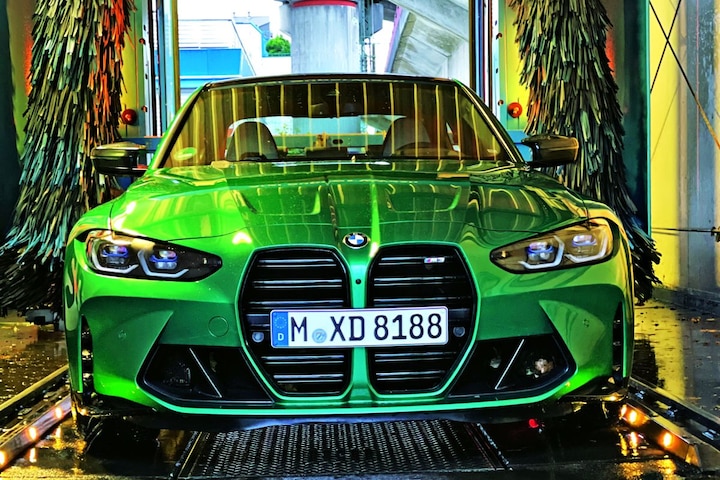
– Thanks for information from Autoweek.nl